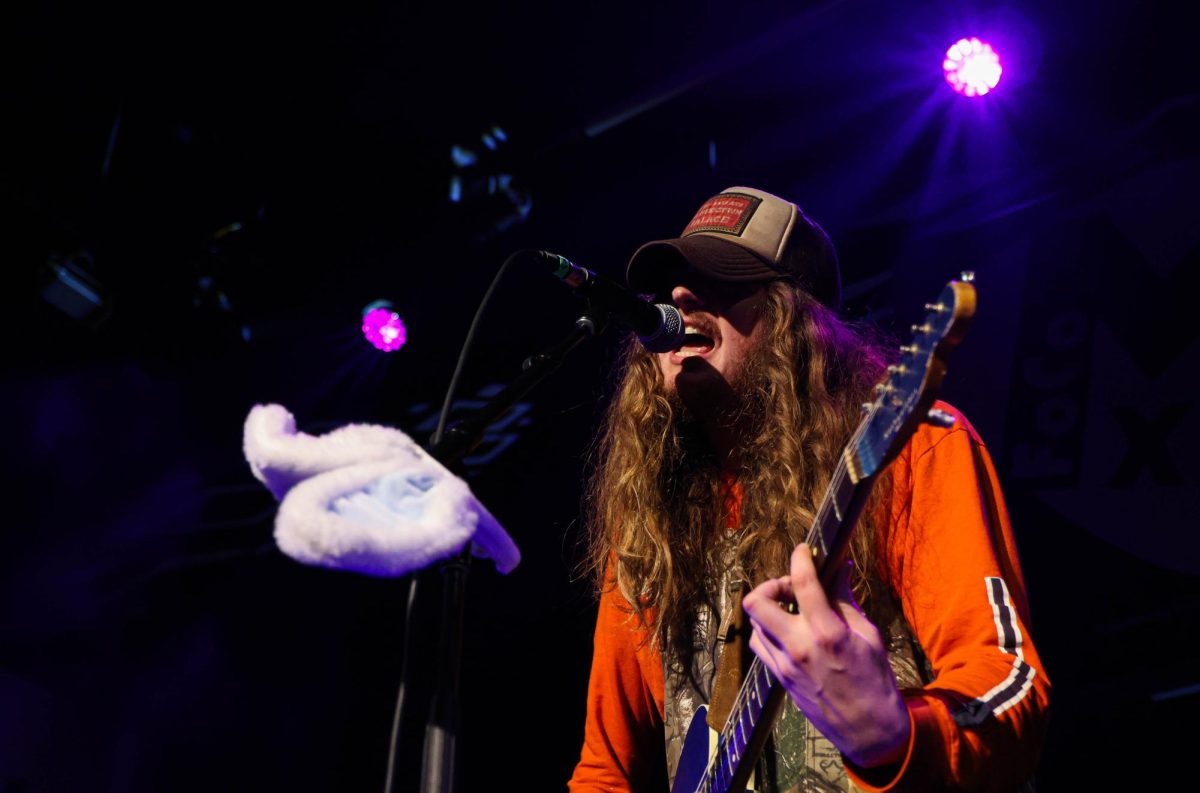
Before the days of J.K. Rowling and Judy Picoult, women suffered great pains to become published writers. But as the world moved into the 18th and 19th centuries, some new female authors came onto the scene, and with them came a new way of writing.
As we all know, most of history has been dominated by men. And this also included the world of literature. But three Victorian female authors stand out from the crowd for their tenacity as well as popularity: Jane Austen, Charlotte Brontë and Mary Shelley.
No one can go wrong reading any of the three.” -Professor Dan Beachy Quick
Jane Austen
Jane Austen was the first writer out of the group. Her most popular book to date is “Pride and Prejudice,” which was published over 200 years ago. There are movies, TV shows and even musicals based off of the novel and fascination for her romances grows every year.
Mr. Darcy, from “Pride and Prejudice, is the ultimate literary crush. With his riches and good looks mixed with a brooding attitude and mysterious life he makes him a total catch. But Darcy, sorry ladies, is a jerk, and the best part of the book is Elizabeth Bennett, the women Darcy is obsessed with.
A cheeky and well spoken woman who doesn’t really care about societal conformity and deliberately does what she wants; Elizabeth fights against the traditional 19th century female troupes.
It is truly shocking for a Victorian woman to have a backbone, but Elizabeth’s character is what makes the books such a wonderful contribution to the world of female literature. Austen may be a hopeless romantic, but her female characters are anything but ordinary.
Her books have become a staple of the romance genre, and to this day, Austen remains a household name.
Abbie Hanawalt, a Colorado State University alumnus, has been reading classic female literature since she was a kid.
“Jane Austen, firstly is entertaining, and I just enjoy her writing,” Hanawalt said. “I think her stories are challenging, but readers can connect with the characters.”
Charlotte Brontë
Charlotte Brontë is the next female in the lineup. She wrote her book, “Jane Eyre: under a male name so that publishers would actually read her writings. Her sisters, Emily and Anne, were also writers and published first under male names.
Charlotte Brontë’s book “Jane Eyre” is impressive and long, but don’t get scared by the length. The main character is Jane, and is extremely radical in terms of breaking down gender sterotypes.
The Brontë Sisters:
- Anne Brontë (Acton Bell) – “The Tenant of Wildfell Hall”
- Emily Brontë (Ellis Bell) – “Wuthering Heights”
- Charlotte Brontë (Currer Bell) – “Jane Eyre”
The book was chastised for the main characters lack of “feminine qualities.” But in reality Jane represented a whole class of women who fought against stereotypes that defined being ‘feminine’ as wealthy, beautiful and married.
Professor Dan Beachy-Quick teaches English at Colorado State University only recently read Charlotte Brontë’s magnum opus.
“Working at this fine line where the social and the familial and the marital kind are of undermined and taken apart by other forms of desire and disaster that often the proprieties of marriage are meant to tamp down in a way,” Beachy-Quick said. “And so one feels in something like ‘Jane Eyre’ the sense that some residual primary destructive force that somewhere within love continues to exist within love.
“I am no bird; and no net ensnares me: I am a free human being with an independent will,” –Charlotte Brönte, “Jane Eyre”
Mary Shelley
Another novelist from this time period is Mary Shelley. Her novel “The Modern Prometheus,” better known as “Frankenstein,” sets her to a completely different tune then both Austen and the Brontës.
Firstly, Shelley’s main protagonist is a male and her novel centers on darker questions that deal with mortality and the human condition. Also she was only 19 when she wrote the book.

“There is something going on in Mary Shelley,” Beachy-Quick said. “And her husband and Lord Byron and that whole milieu of romantic writers that is genuinely radical in terms of their experiment not just on the page but in life.”
Shelley did live a very radical and different life then the previous writers. She was married, and her husband, Percy Bysshe Shelley, was an esteemed writer himself. They were representatives of the counter culture in the 19th century and Shelley’s work reflects that lifestyle.
“Part of what’s remarkable about her is that in the midst of these kind of overwhelming masculine personalities she was able to forge a visionary work of fiction that was also social commentary that’s also mythological rewriting,” Beachy-Quick said.
“Life, although it may only be an accumulation of anguish, is dear to me, and I will defend it.” – Mary Shelley, “Frankenstein”
“No one can go wrong reading any of the three,” Beachy-Quick said.
Need more suggestions? Here are just a few more female authors to check out:
- Toni Morrison – “Beloved”
- Jhumpa Lahiri – “The Namesake”
- Diana Gabaldon – “Outlander”
- Harper Lee – “To Kill A Mockingbird”
- Zora Neale Hurston – “Their Eyes Were Watching God”
Collegian reporter Claire Oliver can be reached at entertainment@collegian.com or on Twitter @claire_oliver21.







